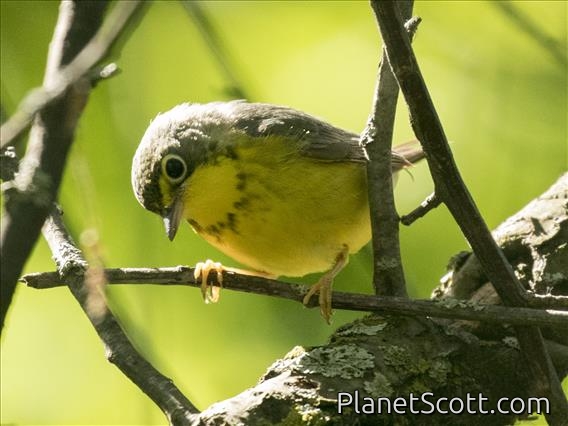Canada Warbler (Cardellina canadensis)

Canada Warbler (Cardellina canadensis) - Female
×


Canada Warbler (Cardellina canadensis) - Female
About Canada Warbler (Cardellina canadensis)
- Kingdom: Animals
- Phylum: Chordates
- Class: Birds
- Order: Perching Birds
- Family: New World Warblers
The Canada warbler is a small boreal songbird of the New World warbler family (Parulidae). It summers in Canada and northeastern United States and winters in northern South America.
Source: Wikipedia
Visits
-
2015-05-24
Montrose Point, United States of America -
-
-
-
-
-
-
-
-
-
-
-
-
-
-
-
-
-
-
-




